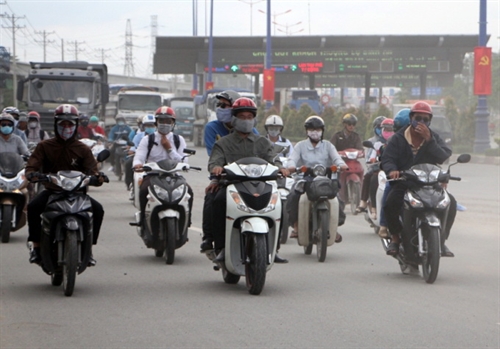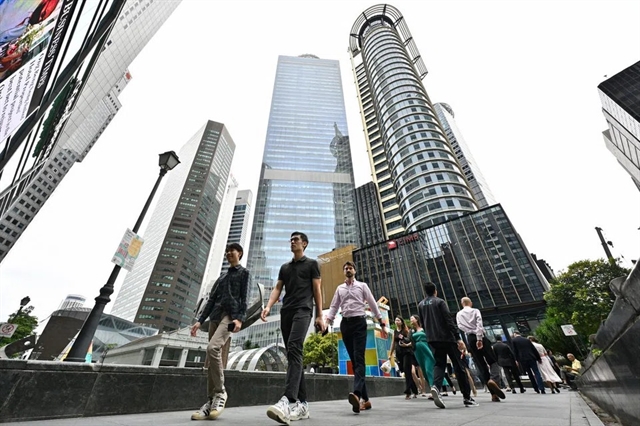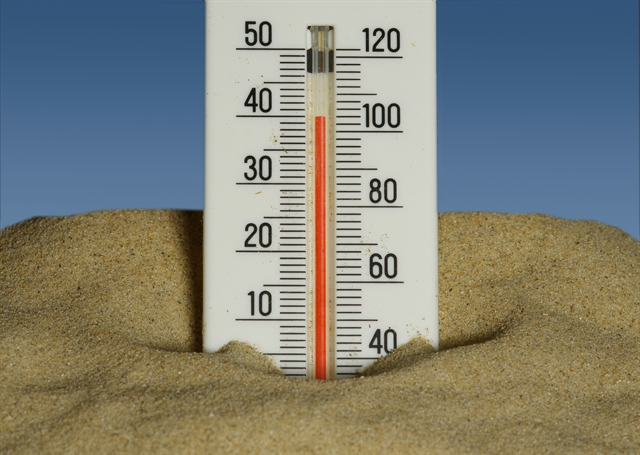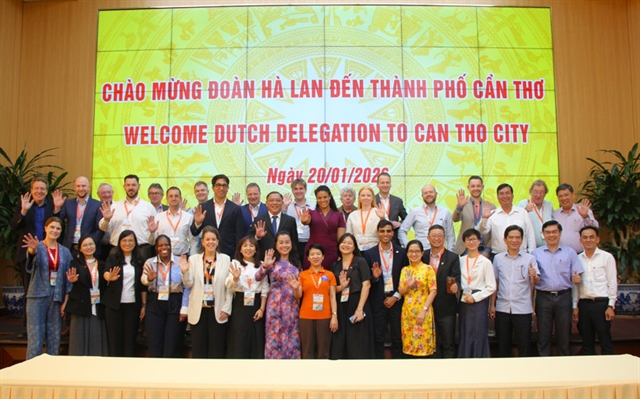 Environment
Environment

" />The population explosion and the rapid urbanisation problems have exerted pressures on HCM City’s environment, heard at a seminar on the environmental problems facing HCM City in the period 2011 and 2015.
 |
| The population boom and urbanisation have impacted HCM City’s environment. - VNS Photo Phan Hoàng |
HCM CITY – The population explosion and rapid urbanisation have exerted pressure on HCM City’s environment, experts have said at a seminar held last week on the environmental problems facing the city in the last five years.
Dr Phùng Chí Sỹ, director of the HCM City Environmental Technology Centre, said in the last several years, the city environment has felt the impacts of the population boom, rapid urbanisation and development of the industrial and services sectors.
Relevant agencies have reported the deterioration of water in the Sài Gòn River.
Organic chemicals and micro-organisms have been the main cause of this.
HCM City has a network which includes the Đồng Nai and Sài Gòn Rivers and the five canals of Nhiêu Lộc – Thị Nghè, Tham Lương – Vàm Thuật, Tân Hoá – Lò Gốm, Tàu Hủ - Bến Nghé and Kênh Đội – Kênh Tẻ.
Monitoring of places that supply water between 2011 and 2015 found that the quality with respect to all criteria (TSS, coliform, E.coli) was below standards, with all figures recorded in 2015 exceeding permitted levels by several times.
The quality of the city’s air is also a matter of concern, Sỹ said.
According to the city Department of Natural Resources and Environment, dust and noise caused by transport activities are major pollutants.
Studies at 10 major traffic junctions found that 64.9 per cent of dust data and 85.4 per cent of noise data exceeded safety levels.
Figures released by the department show that natural resources from the city’s forests and sea and its bio-diversity have been declining due to overexploitation.
The urbanisation process has increased the volume of concrete, causing deterioration of the surface and pollution and having a negative impact on human health.
In 2011 – 15 relevant authorities focused on efforts to improve wastewater and solid waste management systems and invested in upgrading infrastructure and waste treatment facilities to improve the environment.
But despite these efforts relevant agencies have admitted to shortcomings in environmental protection activities, according to the department.
Many district- and commune-level officials have paid little attention to environmental protection, believing it is the responsibility of city-level authorities.
Work on a number of major environmental projects such as the dredging of Rạch Dừa Canal in District 12 and irrigation works in the Tam Tân Canal in Hóc Môn District have been delayed.
Wastewater from households and industries has not been properly treated before release.
The city discharges over 7,000 tonnes of wastes per day and burying remains the main way to dispose them of, affecting the environment.
Participants at the seminar proposed and discussed measures to reduce pollution.
One of them is propaganda to raise people’s awareness of environmental protection and harsh punishment for production and manufacturing facilities that pollute the environment.
Construction projects must comply with environmental protection regulations, several delegates said.
They also urged city authorities to further invest in environmental protection projects and offer incentives to the private sector to invest in environmental protection. — VNS.




